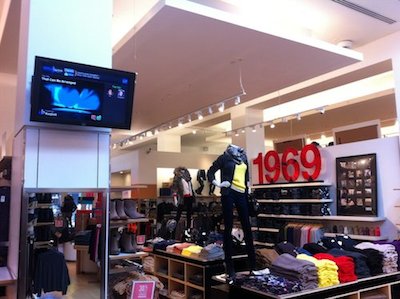The Impact of Music
In past Esprit blogs and newsletters we have discussed the impact that music can have on an audience. In fact, each newsletter includes a playlist specific to the topic we are discussing in that issue.
Now the retail business is taking this to a whole new level. Music surrounds us in our day-to-day lives, most of the time without us noticing, especially in a retail setting where shopping or eating are the main focus. An article from the Wall Street Journal on December 11th, “Retailers Fine-Tune Their Playlists With Shopping-Mood Music”, illustrates the influence that music can have on consumers. Retail stores are using music to put shoppers in the mood to spend through their ability to create radio stations based on their consumers’ lifestyle. Stores also have the ability to switch songs in and out, after a song becomes overplayed or no longer desired. Also, the tunes can be programmed based on the time of day. While shopping, music can be used to help identify the brand message and change the shoppers’ mood. Why does this work? Music releases dopamine in our brains, signaling a sense of pleasure and helping us focus our attention on the task in front of us. Different genres and styles of music are used for distinctive stores and their corresponding shoppers, which can be connected directly to the meeting space.
It is important that before each meeting that the style and preferences of the attendees are identified. By knowing the audience, or the target market, developing a playlist is much easier and will therefore be more effective. Music is a strong non-verbal component in marketing or when delivering a message of any kind. It is effective in changing attitudes, enhancing imagery and facilitating learning. By building a physical environment filled with music, the audience will be further engaged in the meeting and have a better attitude about what is being presented as music directly influences their mood.
Before each show, Esprit develops a meeting playlist with a driving beat to create energy and pace in order to get the audience excited for what is to come. Music has been found to increase satisfaction, enjoyment and positive word of mouth. This, in turn, improves the overall atmosphere of the meeting. So, before your next meeting, spend some time in the audience’s shoes and think, “what songs would I want to hear?”


